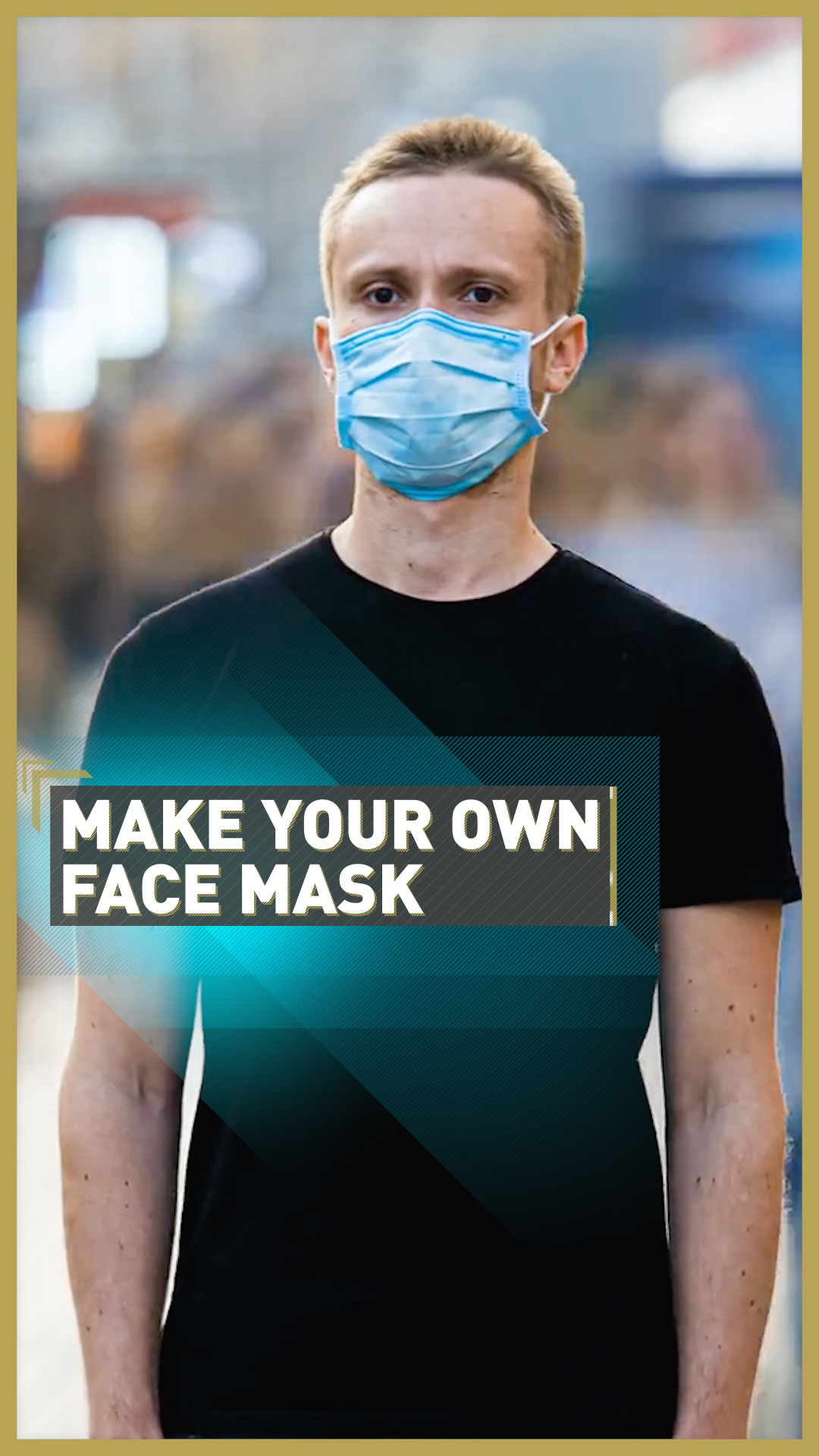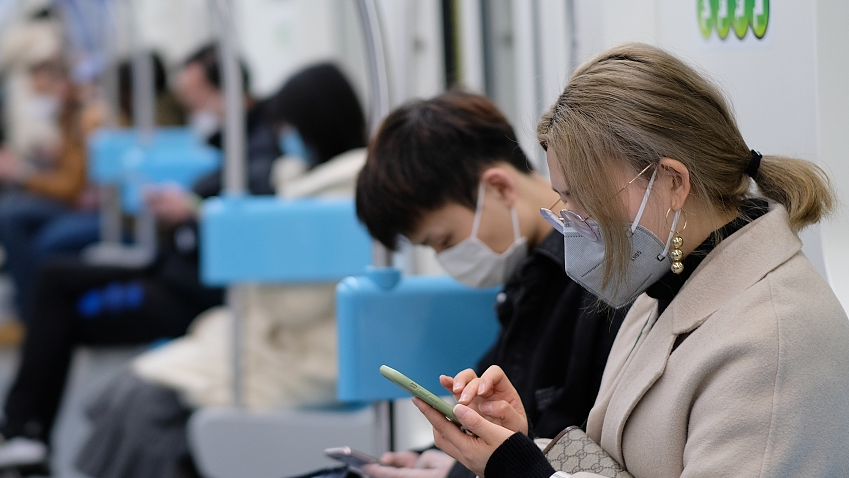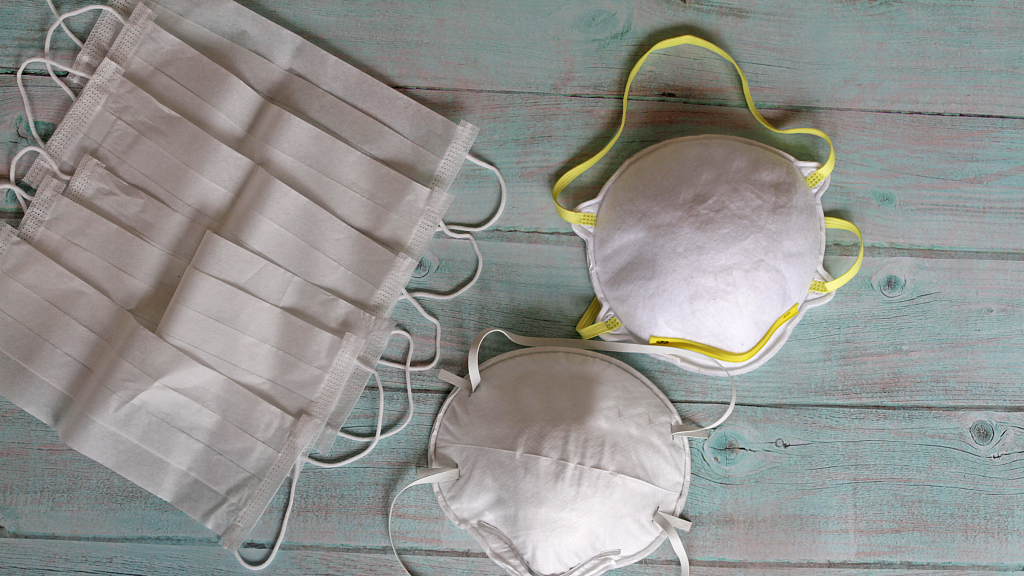01:38

Face masks are one of the most visible and widely discussed issues of the COVID-19 coronavirus pandemic.
This time last year, a person wearing a face mask in public was a rare sight, but today images of face mask wearers around the world are common – so much so that in countries around the world they became one of the first items in short supply following the coronavirus outbreak in late December 2019.
Months later, many countries are still facing critical mask shortages – including for their healthcare workers, where they're needed most.
When and how to use a face mask
While the effectiveness of face masks against catching the coronavirus is a much-discussed topic, health experts agree that in most cases wearing a mask is better than having no protection at all.
The World Health Organization (WHO) says that because the novel coronavirus is a respiratory disease and is passed on through droplets coming out of the mouth and nose while coughing or sneezing, it is important to practise respiratory etiquette and guard the face from coming into contact with these droplets or spreading them.
Guidance from the WHO is that you should only wear a mask in the following situations:
- If you are ill and persistently coughing or sneezing.
- If you are a health and social care worker looking after patients who are suspected of having the virus.
- If you are healthy but taking care of a family member who is sick.
Wearing a mask while you are out and about and healthy will probably make little difference, so is not necessary. The WHO also says that masks are only effective "when used in combination with frequent hand cleaning with alcohol-based hand rub or soap and water."
And if you do have to wear one, here's how to do it correctly:
- Before putting on a mask, clean your hands with alcohol-based hand rub or soap and water
- Cover your mouth and nose with the mask and make sure there are no gaps between your face and the mask
- Avoid touching the mask while using it. If you do, clean your hands with alcohol-based hand rub or soap and water
- Replace the mask as soon as it is damp
- Remove the mask from behind, touching the elastic and NOT the front of the mask, then throw it in the bin immediately if it is a single-use mask

Experts say face masks are only effective when used alongside frequent hand cleaning with alcohol-based hand rub or soap and water. /Robert Wei/Getty Images
Experts say face masks are only effective when used alongside frequent hand cleaning with alcohol-based hand rub or soap and water. /Robert Wei/Getty Images
Which face masks are most effective?
The purpose of face masks is to stop virus particles from being spread to others through droplets when sneezing, coughing or even talking, as well as to filter out and stop these particles from coming in to the nose and mouth.
Experts have concluded, through testing, that both FFP3 or N95 respirators and surgical masks are the most effective at filtering out or blocking these particles.
Tests found that N95 masks were able to capture more than 95 percent of particles down to 0.007 microns, while surgical masks were able to capture 80 percent of the tiny particles but are less effective if they are not tightly sealed on the face.
These particles were more than 10 times smaller than the coronavirus particles, which range from 0.06 to 0.14 microns.
However in the absence of these masks, some health experts, including the U.S. Centers for Disease Control and Prevention (CDC), say that DIY masks from materials found at home may be used for care of patients with COVID-19 "as a last resort."

N95 respirators and surgical masks are the most effective in capturing virus particles. /Isabel Pavia/Getty Images
N95 respirators and surgical masks are the most effective in capturing virus particles. /Isabel Pavia/Getty Images
How to make your own 'last resort' face mask
A study carried out by Public Health England in 2013, testing the efficacy of homemade masks in an influenza outbreak, found that a homemade mask was three times less effective at blocking transmission than a surgical mask.
In another study, Scientists from the University of Cambridge carried out more extensive research on homemade masks following the 2009 H1N1 flu pandemic. They warned that in a global pandemic scenario, we might run out of N95 masks, which has proven true during the COVID-19 coronavirus outbreak.
The researchers tested a wide range of household materials for homemade masks, and to measure effectiveness, they shot Bacteriophage MS virus (0.023 microns in size – five times smaller than the coronavirus) at the different materials and measured what percentage the materials could capture.
They found that the vacuum cleaner bag captured 86 percent of the particles, making it the second most effective after surgical masks. The dish towel captured 73 percent, followed by the cotton-blend T-shirt at 70 percent, linen at 62 percent, a pillowcase at 57 percent, silk at 54 percent and a fully cotton T-shirt at 51 percent.
What are the best materials to use?
Researchers concluded that when also taking into account breathability, the best materials to use are the pillowcase or the 100 percent cotton T-shirt.
What you'll need:
- Sewing kit
- Scissors
- Elastic
How to make it:
- Measure your material six inches by nine inches
- Take two pieces of material and stitch them together
- Sew the elastic to both sides, large enough to fit around your ears comfortably
- Turn inside out
- Make sure your mask fits snugly above your nose and just under your chin
And there you have it, a homemade mask.
Sign up here to get the COVID-19 Europe bulletin sent directly to your inbox